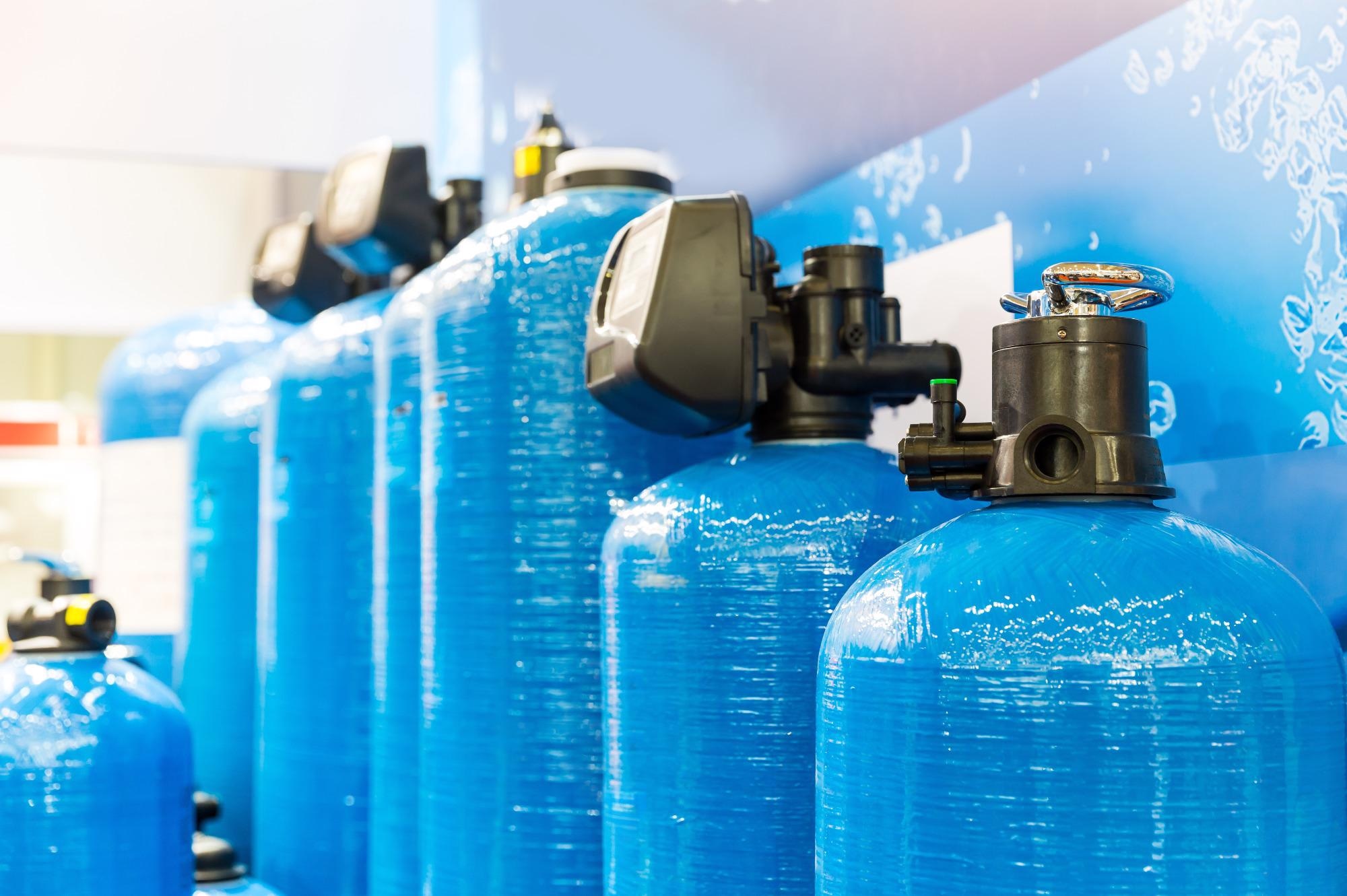
Image Credit: Nomad_Soul.shutterstock.com
A team of researchers from The University of Texas at Austin and Penn State has developed a method of enhancing water filtration using nanoscale membranes.
The innovation could provide a strategy for providing clean water at lower costs, resolving a problem that has challenged scientists for decades. The system the US researchers have developed will likely be invaluable to improving access to clean water across the globe.
The Unknown Complexities of Water Desalination
Desalination processes that convert saline water to drinking water provide a significant portion of the water supply to countries across the globe. In some locations, where water is scarce, this process of converting saline water to freshwater provides as much as 90% of the area’s total water supply.
Scientists have developed membranes that are effective at removing salt and other impurities from water. These membranes are used worldwide in systems that provide clean water to all corners of society, from providing drinking water to the population, to producing water for use in agriculture and energy production. While the process seems simple, pumping salt-laden water through filters, resulting in clean water emerging from the other side, has presented a challenge to scientists for many years.
The University of Texas at Austin’s Department of Civil, Architectural and Environmental Engineering’s Manish Kumar explains that while reverse osmosis membranes are those commonly used for generating clean water, there is still much scientists do not know about how they function. “We couldn't really say how water moves through them, so all the improvements over the past 40 years have essentially been done in the dark”, Kumar states.
A team at The University of Texas at Austin and Penn State in partnership with DuPont Water Solutions has solved a key part of the desalination puzzle. Their work, published this month in the journal, Science, demonstrates how a nanoscale structure can be used to form membranes with enhanced filtration performances, offering a low-cost method to water desalination.
The team was able to uncover that the performance of current desalination membranes is hindered by their inconsistent density and mass distribution. The team addressed this inconsistency by determining their structure at the nanoscale. The researchers showed that creating uniform density at this scale is crucial to the efficacy of the membrane filter.
Enhancing Membrane Filtration Efficacy
In the paper published this January, the team describes how they were able to enhance the filtration efficacy of membrane filters by 30-40%. As a result, the team presents a method of producing greater quantities of clean water at lower costs and using less energy. The impact of this research could lead to homes around the world gaining better access to clean water as well as seeing bill reductions.
The team was inspired by the opportunity they saw in improving the process for reverse osmosis membranes. Such systems clean saline water by pumping it through the membranes, capturing the minerals, and leaving the clean water to flow through the other side. However, while these systems are more efficient than those that do not use membranes, they still require considerable amounts of energy, and, therefore, increasing the efficacy of these membranes could reduce the amount of energy required.
Around the world, freshwater management continues to be a challenge. Professor of chemical engineering at Penn State and co-leader of the current research, Enrique Gomez, highlights the particular importance of water desalination methods in areas without a regular water supply, “shortages, droughts -- with increasing severe weather patterns, it is expected this problem will become even more significant. It's critically important to have clean water availability, especially in low-resource areas.”
This latest research was funded by The National Science Foundation and DuPont, a global leader in water purification and specialty-separation technologies. The inspiration for the project came when DuPont researchers established that thicker membrane filters were unexpectedly more permeable than thinner ones. This result surprised scientists, as a lower volume of water would be expected to filter through thicker membranes.
At a 2015 water summit organized by Kumar, the team met with Dow Water Solutions, now part of DuPont, and decided to solve the mystery of the enhanced filtration efficacy of thicker membrane filters. To do this, they used state-of-the-art electron microscopes to begin creating 3D reconstructions of the nanoscale membrane structure. Following this, the team modeled the path taken by the water moving through the membranes to allow them to predict the filtration efficacy of a membrane-based on its structure. Next, Greg Foss at the Texas Advanced Computing Center helped the team to visualize these simulations.
Enhanced Access to Clean Water Worldwide
The team’s research has solved a crucial sticking point for scientists working with water filtration. Its results have demonstrated how the nanoscale structure of membranes can impact their filtration efficacy. Given that water desalination is relied upon across the globe, in both developing and developed countries for provided essential clean drinking water, particularly in areas without reliable water sources, this breakthrough will likely have a significant impact on clean water availability worldwide.
References and Further Reading
Culp, T., Khara, B., Brickey, K., Geitner, M., Zimudzi, T., Wilbur, J., Jons, S., Roy, A., Paul, M., Ganapathysubramanian, B., Zydney, A., Kumar, M. and Gomez, E., 2020. Nanoscale control of internal inhomogeneity enhances water transport in desalination membranes. Science, 371(6524), pp.72-75. https://science.sciencemag.org/content/371/6524/72
Desalination breakthrough could lead to cheaper water filtration. Science Daily. https://www.sciencedaily.com/releases/2020/12/201231141511.htm
Desalination Breakthrough Maximizes Flow for Cheaper Water Filtration. SciTechDaily. https://scitechdaily.com/desalination-breakthrough-maximizes-flow-for-cheaper-water-filtration/
Why DuPont. DuPont. https://www.dupont.com/water/why-dupont.html
Disclaimer: The views expressed here are those of the author expressed in their private capacity and do not necessarily represent the views of AZoM.com Limited T/A AZoNetwork the owner and operator of this website. This disclaimer forms part of the Terms and conditions of use of this website.